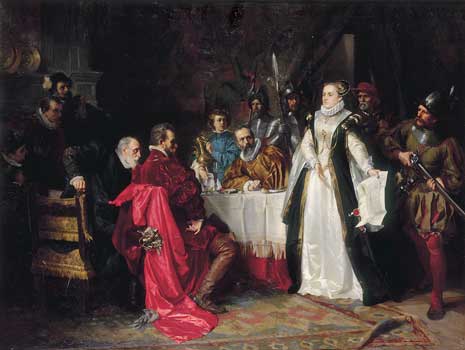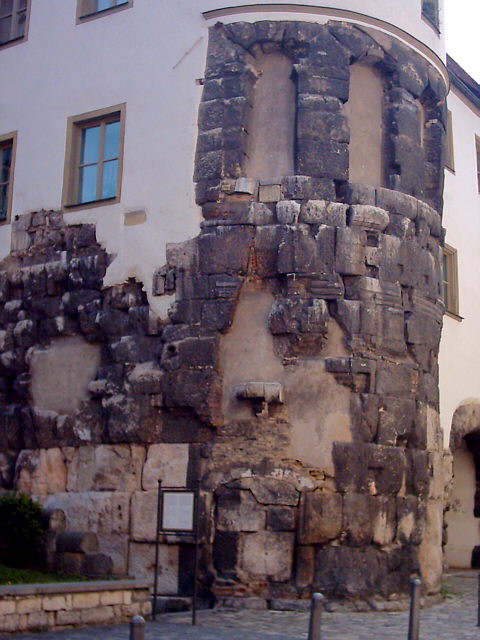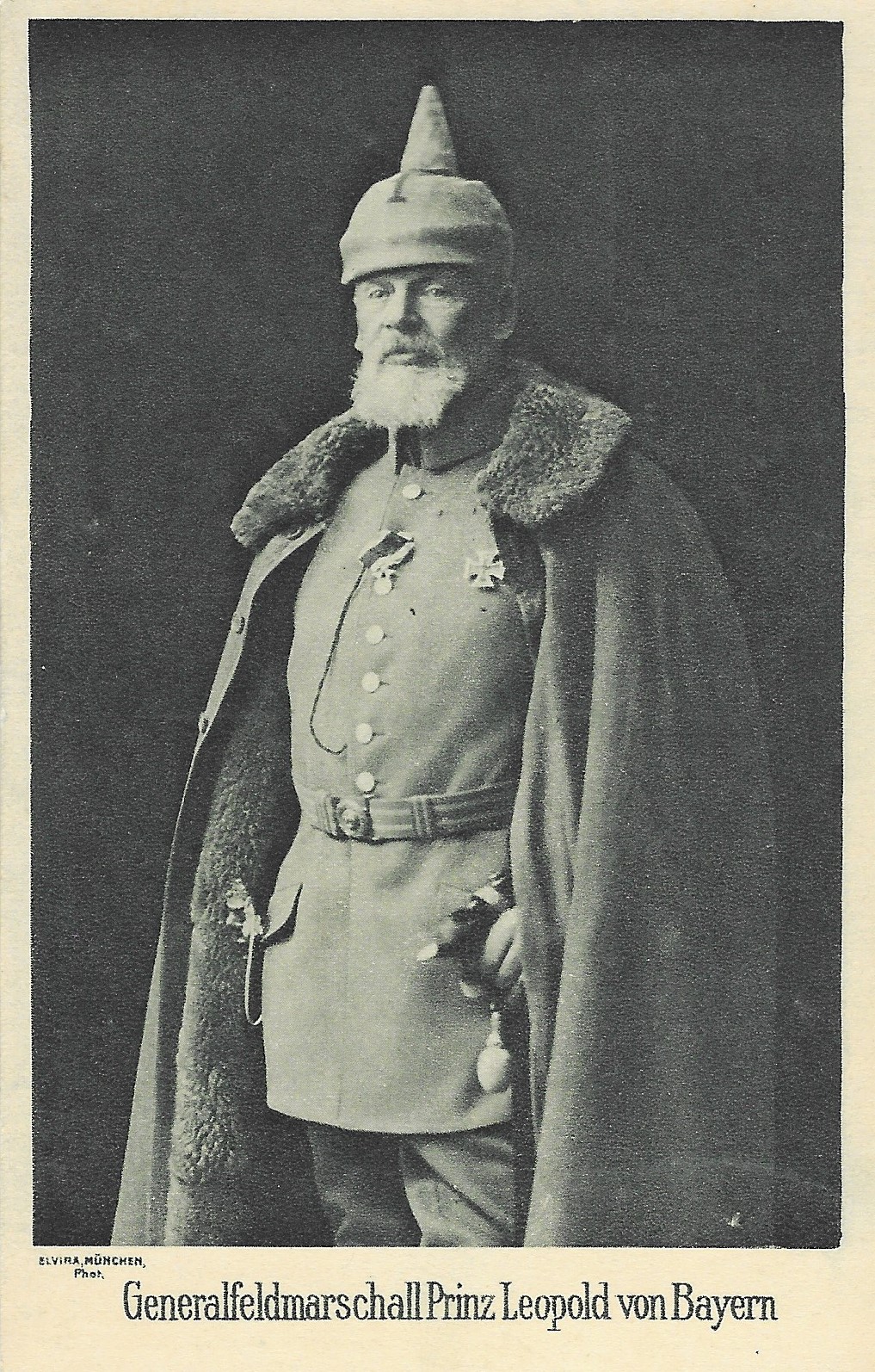|
Franz Widnmann
__NOTOC__ Franz Widnmann (1846 – 1910) was a German painter and graphic artist, and a professor at the Royal School of Applied Arts in Munich. Franz Widnmann was born 6 March 1846 at Kipfenberg, a son to the court physician Eduard Widnmann who came from Eichstätt. The family moved from Kipfenberg to Schrobenhausen. When his mother died early, his father married her sister. He first attended school in Schrobenhausen and then at a Latin school in Neuburg. From 1862 he attended the drawing school of the Verein zur Ausbildung des Gewerbes, and later the Kunstgewerbeschule (School of Arts and Crafts or School of Applied Arts), in Munich, directed by Hermann Dyck. On 30 October 1862 he matriculated at the Munich Academy of Fine Arts for the antique class. His teachers were Karl Theodor von Piloty, Alexander Strähuber, Hermann Anschütz and Alexander Wagner. His early work was in decorative arts and design, collaborating on the publication ''Decorative Model'' published by T ... [...More Info...] [...Related Items...] OR: [Wikipedia] [Google] [Baidu] |
Kipfenberg
Kipfenberg is a town and municipality in the district of Eichstätt in Bavaria, Germany. It is known for its hillside castle and fortress, and for being the geographical centre of Bavaria. The river Altmühl flows through the municipality and its market town of Kipfenberg. Franz Widnmann (1846–1910), painter, graphic artist, and professor at the Royal School of Applied Arts in Munich, was born at Kipfenberg.Widnmann, Franz; ''Allgemeines Lexikon der Bildenden Künstler von der Antike bis zur Gegenwart'', Hans Vollmer (ed.), Waage–Wilhelmson, E. A. Seemann, Leipzig (1942), Thieme-Becker, Volume 35:, pp.521–522. Konrad Schumann (1942–1998), a former soldier for East Berlin East Berlin (; ) was the partially recognised capital city, capital of East Germany (GDR) from 1949 to 1990. From 1945, it was the Allied occupation zones in Germany, Soviet occupation sector of Berlin. The American, British, and French se ... hung himself in an orchard in Kipfenberg. Com ... [...More Info...] [...Related Items...] OR: [Wikipedia] [Google] [Baidu] |
Karl Theodor Von Piloty
Karl Theodor von Piloty (1 October 1826 – 21 July 1886) was a German painter, noted for his historical subjects, and recognised as the foremost representative of the realistic school in Germany. Life and work Piloty was born in Munich. His father, Ferdinand Piloty (d. 1844), enjoyed a great reputation as a lithographer. In 1840, Karl was admitted as a student of the Munich Academy, under the artists Karl Schorn and Julius Schnorr von Karolsfeld. A year later the acclaimed history paintings (referred to as the 'Belgian paintings'), i.e. the '' Compromise of the nobles'' and ''The Abdication of Charles V'' by the two Belgian artists Edouard de Bièfve and Louis Gallait, were shown in Munich and their realistic depiction of a historic subject matter made a lasting impression on him. After a journey to Belgium, France and England, Piloty commenced work as a painter of genre pictures, and, in 1853, produced a work, ''Die Amme'' (''The Wet Nurse''), which, on account of its or ... [...More Info...] [...Related Items...] OR: [Wikipedia] [Google] [Baidu] |
Ludwig II Of Bavaria
Ludwig II (Ludwig Otto Friedrich Wilhelm; 25 August 1845 – 13 June 1886), also called the Swan King or the Fairy Tale King (), was King of Bavaria from 1864 until his death in 1886. He also held the titles of Count Palatine of the Rhine, Duke of Bavaria, Duke of Franconia, and Duke in Swabia. Outside Germany, he is at times called "the Mad King" or Mad King Ludwig. Ludwig ascended to the throne in 1864 at the age of 18. He increasingly withdrew from day-to-day affairs of state in favour of extravagant artistic and architectural projects. He commissioned the construction of lavish palaces: Neuschwanstein Castle, Linderhof Palace, and Herrenchiemsee. He was also a devoted patron of the composer Richard Wagner. Ludwig spent all his own private royal revenues (although not state funds as is commonly thought) on these projects, borrowed extensively, and defied all attempts by his ministers to restrain him. This extravagance was used against him to declare him insane, a determination ... [...More Info...] [...Related Items...] OR: [Wikipedia] [Google] [Baidu] |
Scholarship
A scholarship is a form of Student financial aid, financial aid awarded to students for further education. Generally, scholarships are awarded based on a set of criteria such as academic merit, Multiculturalism, diversity and inclusion, athletic skill, and financial need, research experience or specific professional experience. Scholarship criteria usually reflect the values and goals of the donor of the award. While scholarship recipients are not required to repay scholarships, the awards may require that the recipient continue to meet certain requirements during their period of support, such as maintaining a minimum grade point average or engaging in a certain activity (e.g., playing on a school sports team for athletic scholarship holders). Scholarships also range in generosity; some cover partial Tuition payments, tuition, while others offer a 'full-ride', covering all tuition, accommodation, housing and others. Historically, scholarships originated as acts of religious ... [...More Info...] [...Related Items...] OR: [Wikipedia] [Google] [Baidu] |
Regensburg
Regensburg (historically known in English as Ratisbon) is a city in eastern Bavaria, at the confluence of the rivers Danube, Naab and Regen (river), Regen, Danube's northernmost point. It is the capital of the Upper Palatinate subregion of the state. With more than 150,000 inhabitants, Regensburg is the List of cities in Bavaria by population, fourth-largest city in the State of Bavaria after Munich, Nuremberg and Augsburg and the eighth-largest of all List of cities and towns on the river Danube, cities on the river Danube. From its foundation as an imperial Roman river fort, the city has been the political, economic and cultural centre of the surrounding region. Later, under the rule of the Holy Roman Empire, it housed the Perpetual Diet of Regensburg. The medieval centre of the city was made a UNESCO World Heritage Site in 2006 because of its well-preserved architecture, being the biggest medieval city site north of the Alps, and the city's historical importance for assembli ... [...More Info...] [...Related Items...] OR: [Wikipedia] [Google] [Baidu] |
House Of Thurn Und Taxis
The Princely House of Thurn and Taxis (, ) is a family of German nobility that is part of the ''Briefadel''. It was a key player in the postal services in Europe during the 16th century, until the end of the Holy Roman Empire in 1806, and became well known as the owner of breweries and commissioner of several castles. The family has resided in Regensburg since 1748 with their seat at St. Emmeram Castle from 1803. The family is one of the wealthiest in Germany, and the current head of the House is Albert, 12th Prince of Thurn and Taxis. They are one of the mediatised Houses for their former Sovereign Imperial counties, later mediatised to Kingdom of Württemberg ( Buchau Princely Abbey, now Bad Buchau), Kingdom of Bavaria and Hohenzollern-Sigmaringen. History The Tasso family (from the Italian word for "badger", the family's heraldic animal) was a Lombard family in the area of Bergamo. The earliest records place them in Almenno in the Val Brembana around 1200,Serassi, P ... [...More Info...] [...Related Items...] OR: [Wikipedia] [Google] [Baidu] |
Schloss
''Schloss'' (; pl. ''Schlösser''), formerly written ''Schloß'', is the German term for a building similar to a château, palace, or manor house. Related terms appear in several Germanic languages. In the Scandinavian languages, the cognate word ''slot''/''slott'' is normally used for what in English could be either a palace or a castle (instead of words in rarer use such as ''palats''/''palæ'', ''kastell'', or ''borg''). In Dutch, the word ''slot'' is considered to be more archaic. Nowadays, one commonly uses ''paleis'' or ''kasteel''. But in English, the term does not appear; for instance, in the United Kingdom, this type of structure would be known as a stately home or country house. Most ''Schlösser'' were built after the Middle Ages as residences for the nobility, not as true fortresses, although originally, they often were fortified. The usual German term for a true castle is ''Burg'', while that for a fortress is ''Festung'' (sometimes also ''Veste'' or ''Feste'' ... [...More Info...] [...Related Items...] OR: [Wikipedia] [Google] [Baidu] |
Prince Leopold Of Bavaria
Prince Leopold of Bavaria (Leopold Maximilian Joseph Maria Arnulf; 9 February 1846 – 28 September 1930) was born in Munich, the second son of Prince Regent Luitpold of Bavaria (1821–1912) and his wife Archduchess Augusta of Austria (1825–1864). He was a Field Marshal (''Generalfeldmarschall'') who commanded German and Austro-Hungarian forces on the Eastern Front in World War I. Biography Military career Prince Leopold entered the Bavarian Army at the age of 15, and received his patent as a lieutenant dated 28 November 1861. He saw first combat during the Austro-Prussian War in 1866, where he commanded an artillery battery at Kissingen and Rossbrunn. In 1870, King Ludwig II of Bavaria sent Leopold to the battlefields of France, where the Bavarian Army was fighting alongside the Prussian Army in the Franco-Prussian War. He served with the 3rd Bavarian Artillery Regiment and saw action at Sedan and Beauvert. He was promoted to major in December 1870.Bavarian War M ... [...More Info...] [...Related Items...] OR: [Wikipedia] [Google] [Baidu] |
Berlin
Berlin ( ; ) is the Capital of Germany, capital and largest city of Germany, by both area and List of cities in Germany by population, population. With 3.7 million inhabitants, it has the List of cities in the European Union by population within city limits, highest population within its city limits of any city in the European Union. The city is also one of the states of Germany, being the List of German states by area, third smallest state in the country by area. Berlin is surrounded by the state of Brandenburg, and Brandenburg's capital Potsdam is nearby. The urban area of Berlin has a population of over 4.6 million and is therefore the most populous urban area in Germany. The Berlin/Brandenburg Metropolitan Region, Berlin-Brandenburg capital region has around 6.2 million inhabitants and is Germany's second-largest metropolitan region after the Rhine-Ruhr region, as well as the List of EU metropolitan areas by GDP, fifth-biggest metropolitan region by GDP in the European Union. ... [...More Info...] [...Related Items...] OR: [Wikipedia] [Google] [Baidu] |
Alfred Pringsheim
Alfred Pringsheim (2 September 1850 – 25 June 1941) was a German mathematician and patron of the arts. He was the father-in-law of the author and Nobel Prize winner Thomas Mann. Family and academic career Pringsheim was born in Ohlau, Province of Silesia (now Oława, Poland). He came from an extremely wealthy Silesian merchant family with Jewish roots. He was the first-born child and only son of the Upper Silesian railway entrepreneur and coal mine owner Rudolf Pringsheim (1821–1901) and his wife Paula, née Deutschmann (1827–1909). He had a younger sister, Martha. Pringsheim attended the Maria Magdalena Gymnasium (school), Gymnasium in Breslau, where he excelled in music and mathematics. Starting in 1868 he studied mathematics and physics in Berlin and at the Ruprecht Karl University in Heidelberg. In 1872 he was awarded a doctorate in mathematics, studying under Leo Königsberger. In 1875, he moved from Berlin, where his parents lived, to Munich to earn his habilitati ... [...More Info...] [...Related Items...] OR: [Wikipedia] [Google] [Baidu] |
Karl Von Piloty
Karl Theodor von Piloty (1 October 1826 – 21 July 1886) was a German painter, noted for his historical subjects, and recognised as the foremost representative of the realistic school in Germany. Life and work Piloty was born in Munich. His father, Ferdinand Piloty (d. 1844), enjoyed a great reputation as a lithographer. In 1840, Karl was admitted as a student of the Munich Academy, under the artists Karl Schorn and Julius Schnorr von Karolsfeld. A year later the acclaimed history paintings (referred to as the 'Belgian paintings'), i.e. the '' Compromise of the nobles'' and ''The Abdication of Charles V'' by the two Belgian artists Edouard de Bièfve and Louis Gallait, were shown in Munich and their realistic depiction of a historic subject matter made a lasting impression on him. After a journey to Belgium, France and England, Piloty commenced work as a painter of genre pictures, and, in 1853, produced a work, ''Die Amme'' (''The Wet Nurse''), which, on account of its or ... [...More Info...] [...Related Items...] OR: [Wikipedia] [Google] [Baidu] |
1873 Vienna World's Fair
The 1873 Vienna World's Fair () was the large world exposition that was held from 1 May to 31 October 1873 in the Austria-Hungarian capital Vienna. Its motto was "Culture and Education" (). History As well as being a chance to showcase Austro-Hungarian industry and culture, the World's Fair in Vienna commemorated Franz JosephI's 25th year as emperor. The main grounds were in the Prater, a park near the Danube River, and preparations cost £23.4 million. It lasted from May 1 to November 2, hosting about 7,225,000 visitors. Facilities There were almost 26,000 exhibitors housed in different buildings that were erected for this exposition, including the '' Rotunda'' (), a large circular building in the great park of Prater designed by the Scottish engineer John Scott Russell. (The fair Rotunda was destroyed by fire on 17 September 1937.) Russian pavilion The Russian pavilion had a naval section designed by Viktor Hartmann. Exhibits included models of the Port of Rijeka and th ... [...More Info...] [...Related Items...] OR: [Wikipedia] [Google] [Baidu] |






